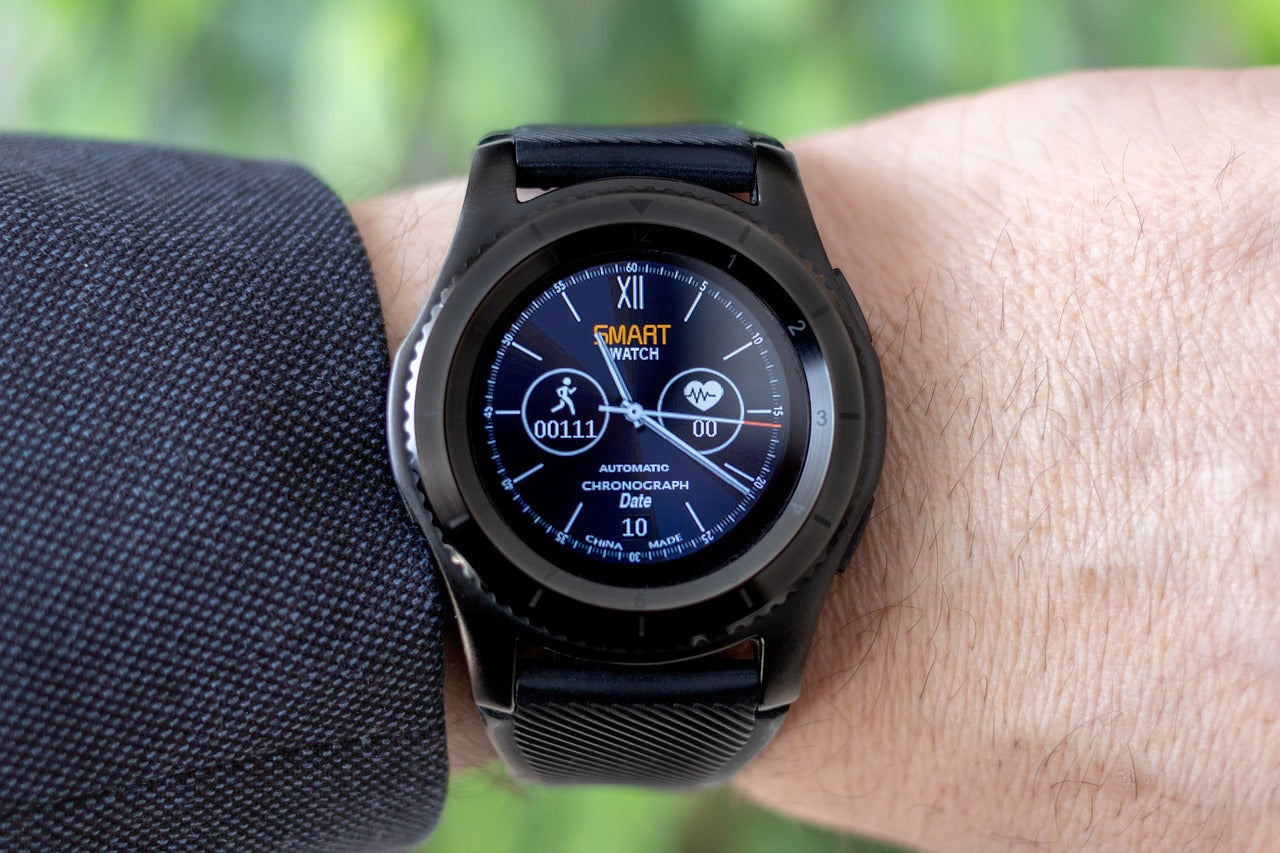Sitting has been a part of the human postural repertoire for millions of years. But anthropologists tell us that early humans were actually more inclined to squat than to sit, a view reinforced by contemporary field work that reports this same predilection among the few remaining hunter gatherer tribes. This preference is sensible, because hunter gatherers had no furniture, and squatting allows them to avoids contact of the unprotected gluteal skin with the cold, hard, ground. And, because squatting is an “active resting” posture it had the further advantage of keeping the muscles of the legs engaged and metabolically healthy while reducing caloric expenditure.
Squatting was a brilliant solution, so brilliant that it was the default resting posture for humans for millions of years. But then suddenly, just a few thousand years ago, the development of agriculture allowed for a settled lifestyle and greater material possessions, among them chairs. The first “chairs” were likely simple stools, but soon evolved into more elaborate structures with backrests and armrests. By 3100 BCE quite modern looking chairs were available; a chair recovered from the tomb of Tutankhamun had all the expected components of a modern chair (four legs, backrest, armrest) and would not seem out of place in a modern sitting room, except perhaps for the garish gold inlay designs.

Such chairs were available to only by a select few, however. The masses made do with stools of a more practical (and less expensive) design. By 700 BCE chairs also were a part of ancient Greece, as seen in the frieze of the Parthenon which depicts Zeus slouching in a Greek design, the Klismos chair:

By the Tang dynasty (618 – 907 AD) chairs had invaded China, but were again reserved for royalty and the well to do:

In Europe chairs had been available from Roman times, but were as usual were available only for a select few. For the vast majority of Europeans, the change from squatting to sitting occurred gradually, beginning in the Middle Ages. It’s amazing the we can know this date, but it turns out that habitual squatting leaves an imprint on the tibia (lower leg bone), and these imprints have been carefully catalogued by Eve-Line Boulle in European skeletal remains dating between the 1st and 20th centuries (Am Journal of Phys Anth, 2001). As a result, we know that squatting was common until the end of the Middle Ages in Europe but progressively decreased thereafter. So far, we’ve considered only standard, static, sitting. But once chairs became common in Europe, the evolution of sitting began to accelerate. Early on in the 1700’s rockers were added to chairs in the United States to create a kinetic sitting experience, and many rocking chair designs quickly followed: wicker rocking chairs, steel rocking chairs, folding rocking chairs, there seemed to end to innovation.
Then in the 19th century a Cambrian explosion of designs erupted, driven by the arrival of “patent furniture”, that is furniture designs so unique that they were patented.
Then in the 19th century a Cambrian explosion of designs erupted, driven by the arrival of “patent furniture”, that is furniture designs so unique that they were patented. Many of these chairs were task specific. For example, the Typewriter’s Chair:

Other task specific chairs included chairs specifically designed for writers, barbers, surgeons, and dentists. A few chairs were even pitched as “combination” solutions for barbers, dentists, and surgeons, because in small communities these three occupations were often just a single person.
Some designs from the era of patent furniture were prescient. The Centripetal Spring Armchair was patented in 1849, but had features that would not be rediscovered for over a century; it allowed for rotation and up and down movement, and also provided for tilting of the chair in all directions through the innovative use of 4 large “C” shaped springs incorporated in its base. The resulting “inverted pendulum” movement allowed people to adjust their chair without repositioning knobs or indeed any conscious effort.

This constellation of functions found in the Centripetal Spring Armchair would not reemerge in a single chair until a German chair, the Swopper, was introduced 150 years later:

But we’re getting ahead of our story.
The enthusiasm for task chairs eventually waned, but in 1979 a chair specifically designed for “working at the computer” was created by Han Christian Mengshoel. Variously called the “kneeling chair” and the Balans chair, it helpfully provided for an open hip angle, but made movement difficult.

Believing that humans require support while sitting, ergonomists “optimal” design uniformly included a backrest and armrests.
By the 1980’s ergonomists had settled on a single design that was believed to be optimal. Believing that humans require support while sitting, this “optimal” design uniformly included a backrest and armrests. But more fundamentally, this design incorporated prejudice that good posture required that the ankle, knee, and hip joints all be at 90 degrees, a prejudice left over from the Victorian era that conflated upright posture with upright morals. Unfortunately, this 90/90/90 constraint demanded that lumbar support be added because the 90/90/90 posture anatomically erased the normal lumbar lordosis of the spine. The hope was that this natural spinal curve could be restored with an external bolster, but in practice most people find lumbar support intrusive and avoid using it.
This configuration of elements has been the enduring basis of the “ergonomic” office chair for the last 50 years despite continuing twin epidemics of back pain and sitting disease. Ergonomists and chair manufactures had settled on a single design, and saw no reason to further evolve the basic blueprint.

Basic “ergonomic” office chair.1
But the idea of forcing people into an “optimal” posture through the use of backrests, armrests, and lumbar support did not go unchallenged.
A contrarian strain of thought proposed that people be allowed to select, and adjust, their posture moment to moment, commensurate with the task at hand.
The idea of making a chair that encourage muscular engagement and movement while sitting presented some design challenges but these were easily overcome. Perhaps the earliest active seat was developed in 1991 by Pettibon, a chiropractor and inventor. Pettibon conceived his seat as a therapeutic tool for use in his chiropractor’s office rather than a chair per se. The idea was that patients would do supervised exercises on a seat that had a slightly unstable sitting surface with the goal of quickly aligning their posture into a balanced carriage. The instability of the surface encouraged patients to explore subtly different postures and so likely helped accelerate the process of self-discovery.

Because of its size, design aesthetic, and cost the Pettibon chair wasn’t appropriate for home or office use. But other chairs that facilitated balanced sitting soon appeared that were more appropriate for home and office use. Chairs from MiShu (Germany), Core Chair (Canada) and QOR360 (USA) all used different designs, but all provided omnidirectional tipping of the seat pan as well as rotation and height adjustment.



These chairs all allow for a balanced posture that can respond moment-to-moment to the task at hand. These moment-to-moment adjustments require continuous core muscle engagement, a further advantage that increases metabolic rate and reduces the likelihood of “sitting disease”.
The question is, which kind of furniture do we want to sit on?
Chairs have come a long way since Tutankhamen’s throne, and it’s certain that more innovations will follow. But it does feel like we’re at an inflection point where instead of our chairs imposing posture on us, we will be in the driver’s seat, creating our best posture on the fly. As Russell Lynes, in his introduction to Hanks’ Innovative Furniture in America (1981), observed, there are “two kinds of furniture: one kind on which we impose our wills in order to derive the greatest degree of comfort suitable to the place and circumstances under which it is used, and the other kind which imposes its will on us and makes us behave as it dictates”.
The question is, which kind of furniture do we want to sit on?
1By Brooklyn Museum





Leave a comment
All comments are moderated before being published.
This site is protected by hCaptcha and the hCaptcha Privacy Policy and Terms of Service apply.